 Time to open door eight, have control and stop before is to late…When it comes to avalanches I think it could be a whole calendar of the topic, and it still will not cover it all. So I will just notify you of same parts of the topic.
Time to open door eight, have control and stop before is to late…When it comes to avalanches I think it could be a whole calendar of the topic, and it still will not cover it all. So I will just notify you of same parts of the topic.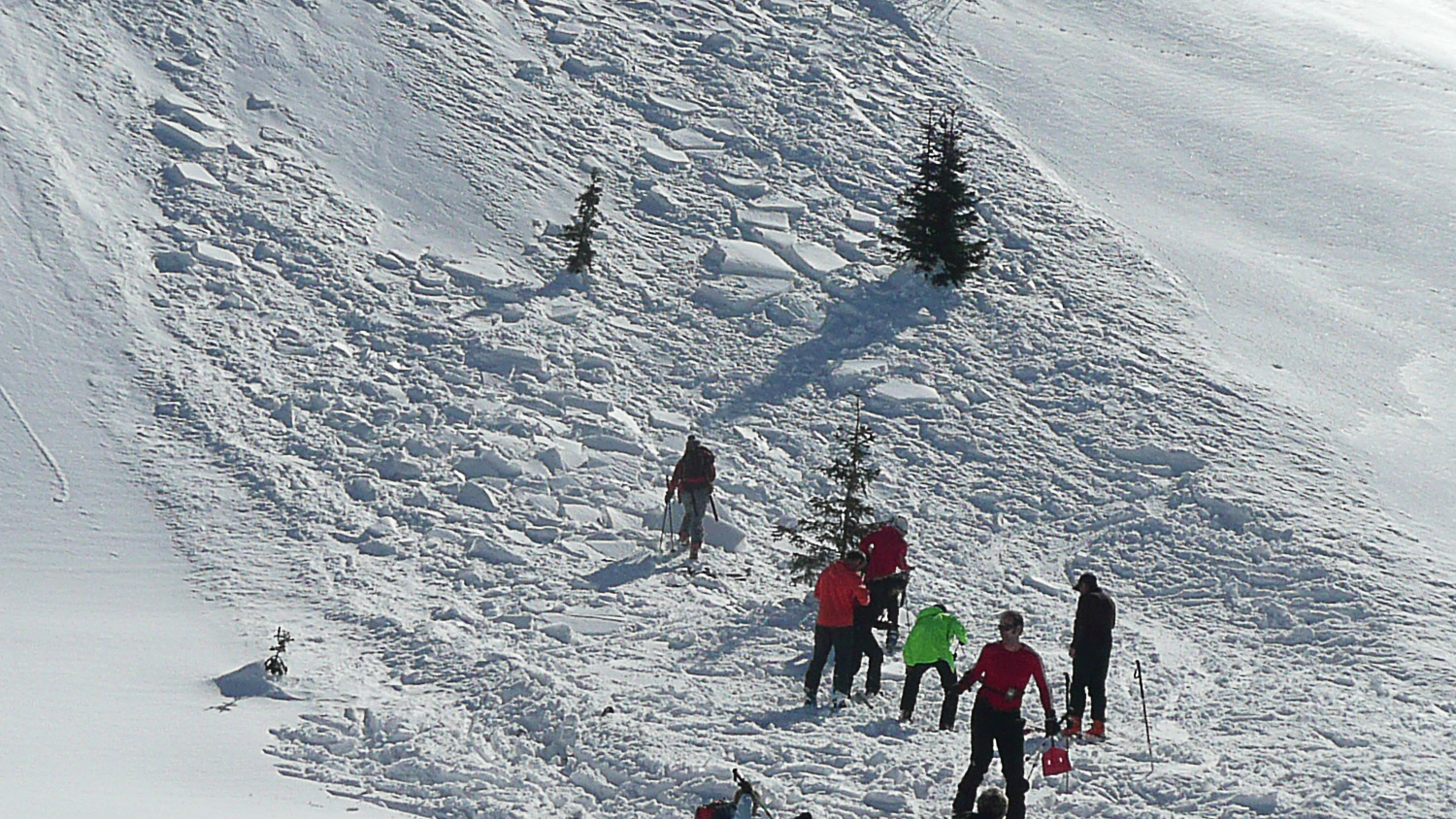 First of all, there are rarely spontaneous triggered avalanches. So we can start to put a human factor into the risk. So it all starts with you, and your approach to the risk of avalanches.
First of all, there are rarely spontaneous triggered avalanches. So we can start to put a human factor into the risk. So it all starts with you, and your approach to the risk of avalanches. 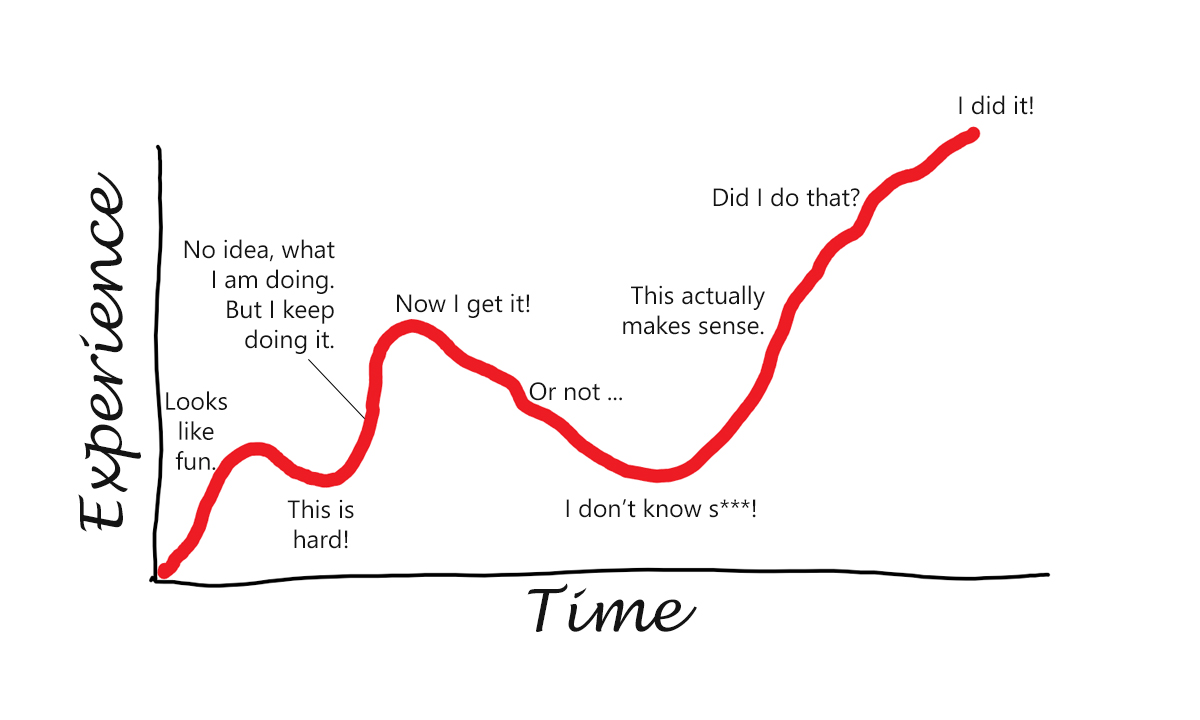 The knowledge curve is the main thing here. In the beginning you think you know, then you understand what you don’t understand. Here the humility comes in. The next step you know that you know but will improve your knowledge. So if you are ready for expose yourself for the risk of avalanches, you might take a course in the topic. Another good suggestion from my side will be to gather yourself with people that got experience. That will be your life insurance. Self I would never go to a avalanche area without people around me that I can rely on. When you got the skills and the company for off pist skiing how to avoid avalanche’s? Talk with locals and check the homepages for avalanche information of the area.
The knowledge curve is the main thing here. In the beginning you think you know, then you understand what you don’t understand. Here the humility comes in. The next step you know that you know but will improve your knowledge. So if you are ready for expose yourself for the risk of avalanches, you might take a course in the topic. Another good suggestion from my side will be to gather yourself with people that got experience. That will be your life insurance. Self I would never go to a avalanche area without people around me that I can rely on. When you got the skills and the company for off pist skiing how to avoid avalanche’s? Talk with locals and check the homepages for avalanche information of the area. 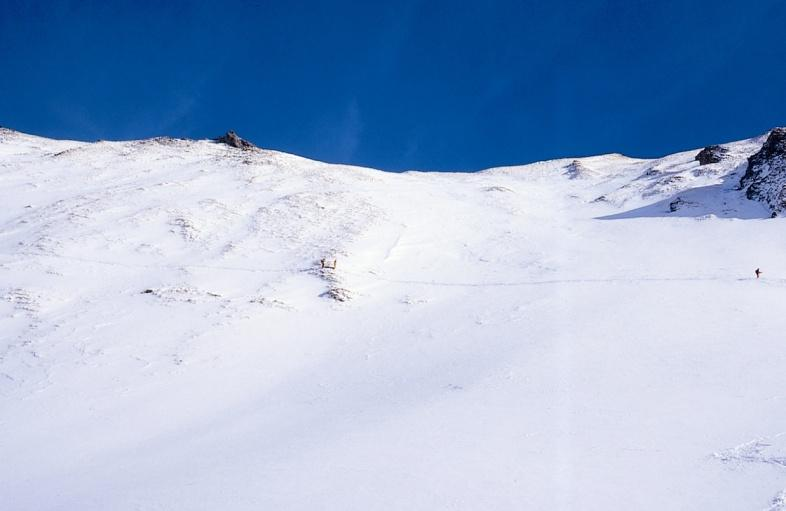 Choose the way from a safety point of view and follow the leader. Well, don’t ski in a avalanche area after a storm, avoid steep slopes(avoid slopes over 28 degrees). Stay to the windward side of the ridges, avoid treeless slopes, watch for cracks, listen to the snow,
Choose the way from a safety point of view and follow the leader. Well, don’t ski in a avalanche area after a storm, avoid steep slopes(avoid slopes over 28 degrees). Stay to the windward side of the ridges, avoid treeless slopes, watch for cracks, listen to the snow, 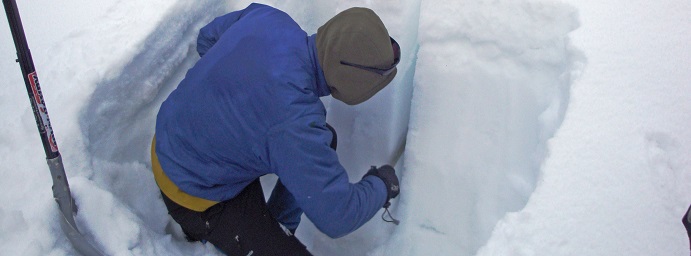 for be sure dig snow pits for understanding the different layers in the snow. And always bring your avalanche device such as Tranciever, shovel, probe, ABS back pack. But this will just help you, it will not stop a avalanche…And observe it will not help you assess or improve your ability to predict avalanches. It will help you with the rescue…
for be sure dig snow pits for understanding the different layers in the snow. And always bring your avalanche device such as Tranciever, shovel, probe, ABS back pack. But this will just help you, it will not stop a avalanche…And observe it will not help you assess or improve your ability to predict avalanches. It will help you with the rescue…
Se ya tomorrow…
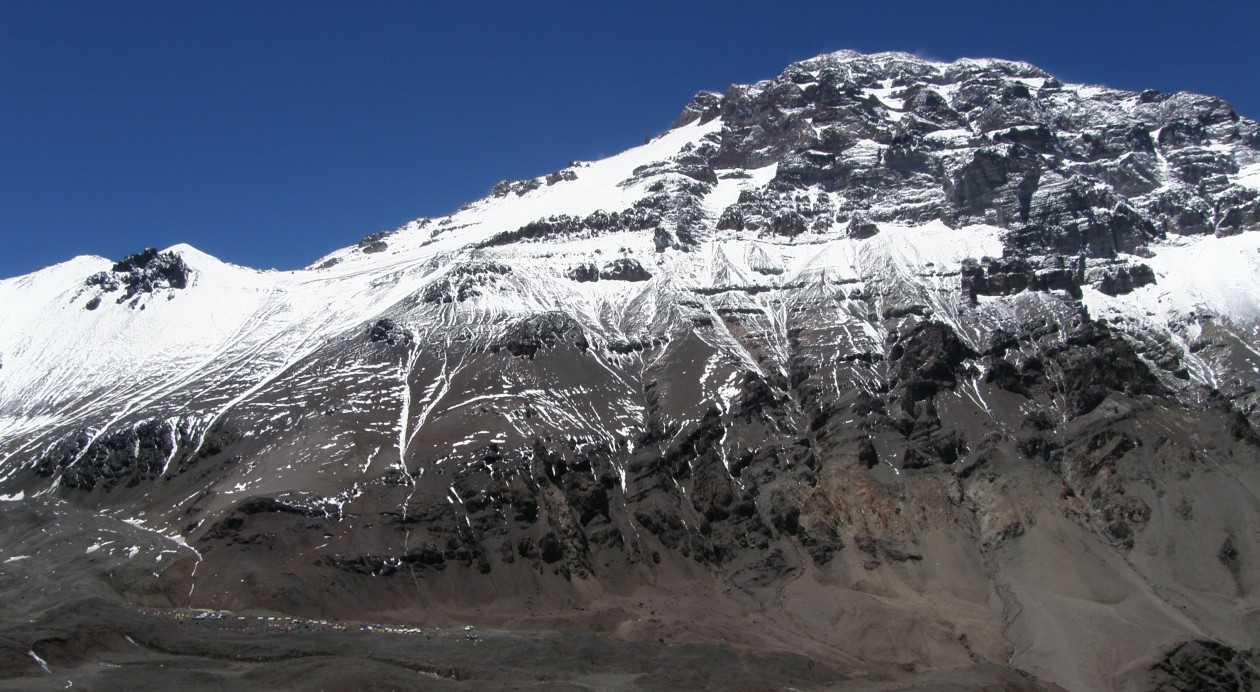
Great advises about avalanches Bergman. One hVe to be carefull. Its always better to turn around one time to many